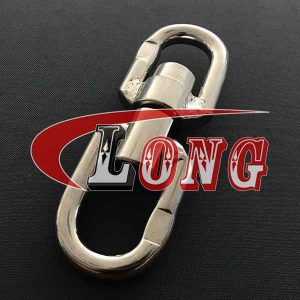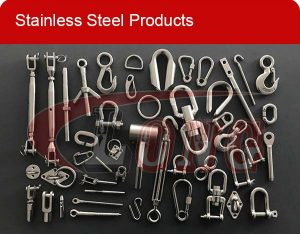Stainless steel is a common name for metal alloys that consist of 10.5% or more Chromium (Cr) and more than 50% Iron (Fe). Although it is called ''Stainless'' a better term for it is ''highly stain resistant.'' It is a darker metal. There are two process methods to make it bright, both are surface treatments.
There are three major classes of stainless steel
1. Austenitic: Chromium-nickel-iron alloys with 16%-26% chromium (Cr), 6%-22% nickel (Ni), and low carbon content, with non-magnetic properties. Type 304 ( 18% chromium, 8% nickel ) is the most commonly used grade or composition.
2. Martensitic: Chromium-iron alloys with 10.5%-17% chromium and carefully controlled carbon content. It has magnetic properties! Type 420 is a typical example. It is mostly used in knives and kitchen equipment.
3. Ferritic: Chromium-iron alloys with 17%-27% chromium and low carbon content, with magnetic properties! Type 430 is the most commonly used ferritic.
The magnet test is NOT the correct way to verify stainless steel. Stainless steel is graded by the ingredients and percentages. Stainless is a man-made alloy. The nickel content determines the grade of the stainless. The chromium content must be 18% or more to be 304 stainless. It starts out as non-magnetic. After a 500-ton press squeezes the nickel it changes the distribution of the nickel. The same is true where the die cuts the stainless increasing the possibility that rust will eventually occur there. All stainless steel is magnetic except austenitic stainless steel which is actually 300 series stainless such as 304 and 316. However, 300 series stainless is non-magnetic only after it is freshly formed. 304 is almost sure to become magnetic after cold work such as pressing, blasting, cutting, etc. Initially, the cold work causes the stainless to pick up foreign particles such as free iron. Then at some spots, the metallic crystal structure changes from austenite to martensite. 400 series stainless (ie. martensitic stainless steel) is magnetic. Stainless steel containing more nickel (310 and 316 grades) is more likely to remain non-magnetic after cold work.
All stainless steel is NOT necessarily non-magnetic
It is common for stainless to pick up iron ions from the die and tool used during the stamping process. Iron ions cause magnetism and later may cause minor rust. Our customers use our stainless products and it is very rare that there is a problem with rust unless their application is extremely caustic. If your application is extremely caustic you should require stainless steel that has gone through both the passivation and annealing processes. Passivation enhances the rust resistance of the stainless surface. The passivation process is not meant to completely restore the non-magnetic properties. It is only a relatively economical way to enhance corrosion resistance. The passivation process standard removes all ions. Annealing is the most effective way to restore non-magnetic properties and enhance corrosion resistance. However, in this process, if the stainless is not heat treated high enough and then cooled down slowly the corrosion resistance of the stainless steel will be reduced. Annealing stainless is almost cost-prohibitive. When both processes are applied, passivation should be done after annealing.


Our stainless products





























































































































